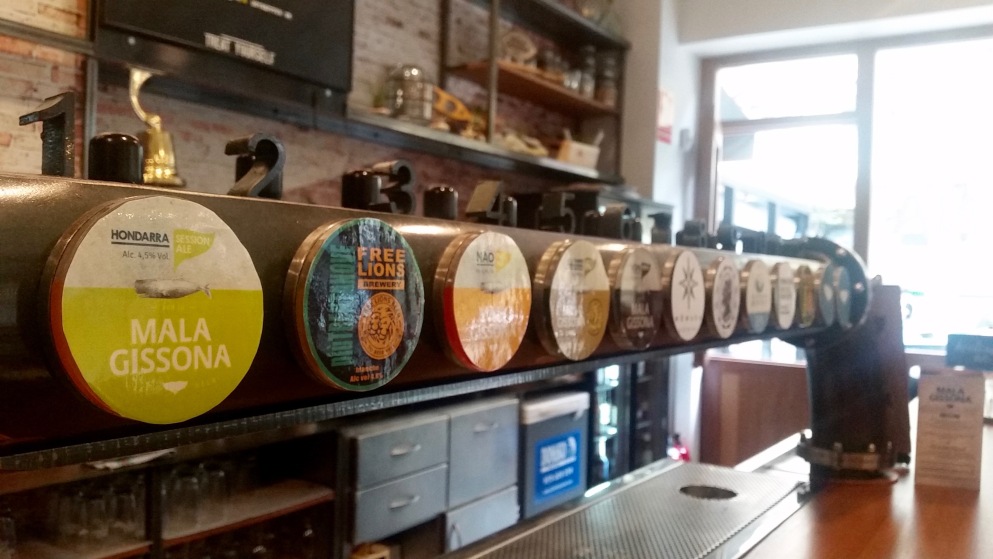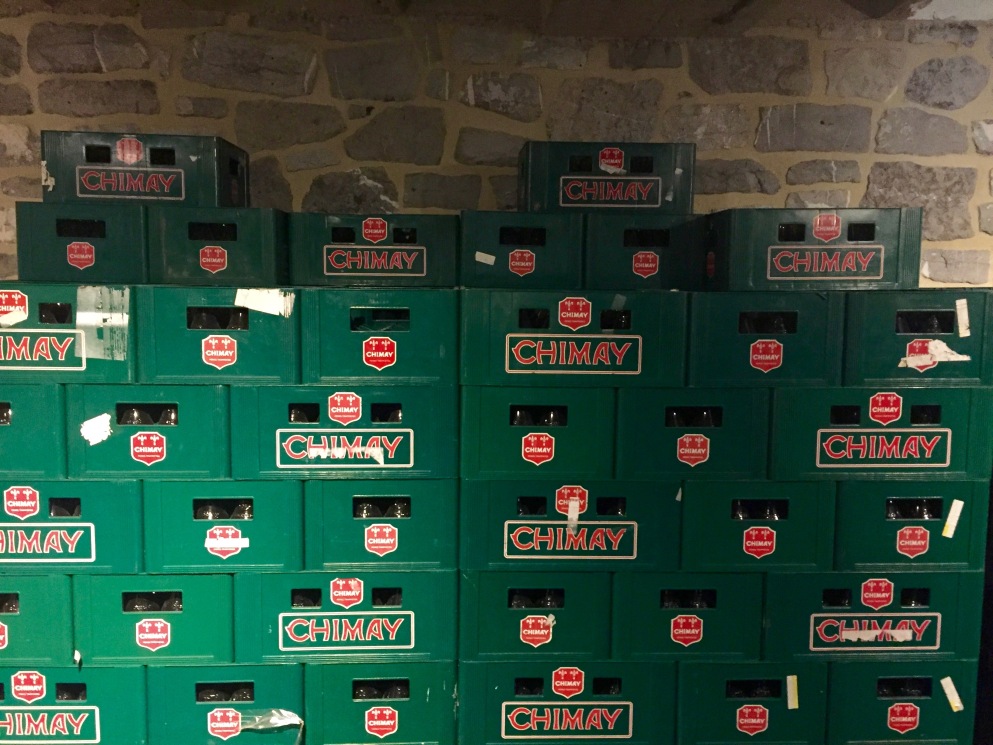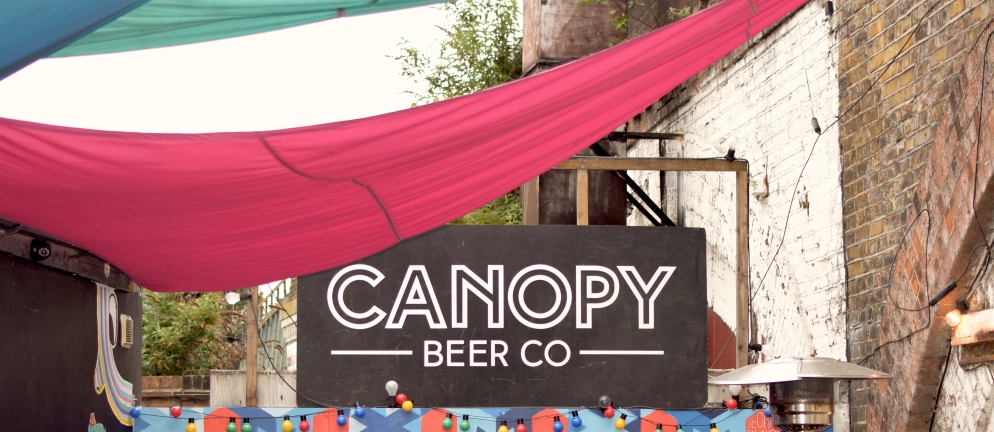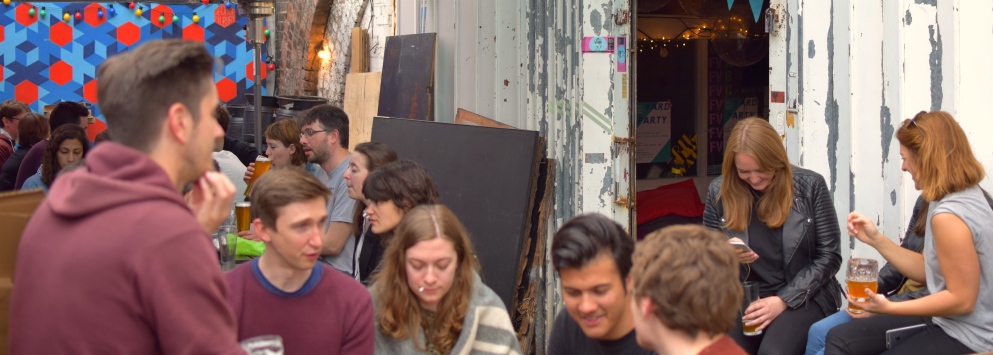
Back when Thornbridge started in 2005 beer in the UK was mainly split between the big, international companies making lager and established regional ale brewers, often still family owned. New breweries were known as ‘micro-brewers’ and sold almost exclusively in pubs on cask in a scene kept alive by the hard work of CAMRA.
The Thornbridge brewery was started in the stunning grounds grounds of Thornbridge Hall outside Shefield. They still use the original site and 10 barrel kit for new and small run beers. It didn’t take long for people to start taking notice of their hop forward, often high strength or experimental beers that carried far greater consistency than you’d normally find in a young brewery.
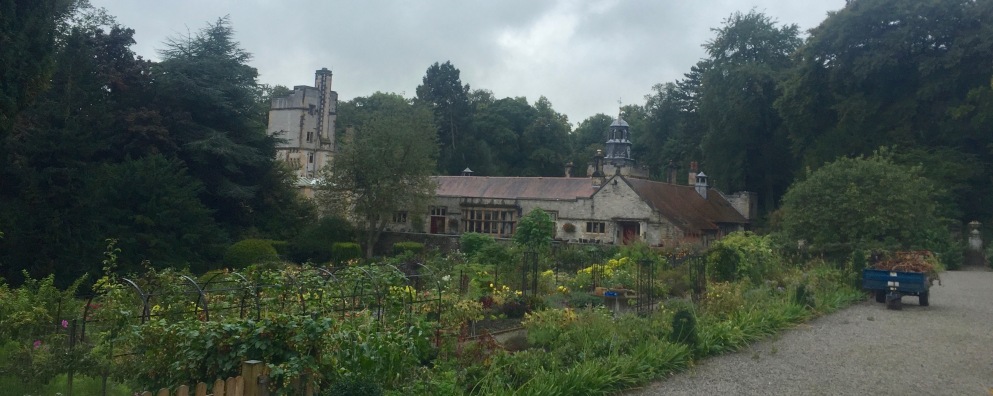

You might recognise this statue from the beer labels. I was informed that it’s of Flora; one of many Roman fertility goddesses as well as the goddess of flowers, youth and spring.
Brewing is often described as a marriage of science and art, and part of the reason that Thornbridge collect awards at such a terrifying rate is their commitment to the technical side of brewing. Even on the small kit for an experimental brew they are monitoring and recording micro levels on a table top lab.
I 2009 they upgraded to a new facility. This new lab has top end equipment as well as sensory and tasting space. While it lacks the poetry of the original site, it is obvious when walking around that quality of the beer is the driving value in every step of the chain.
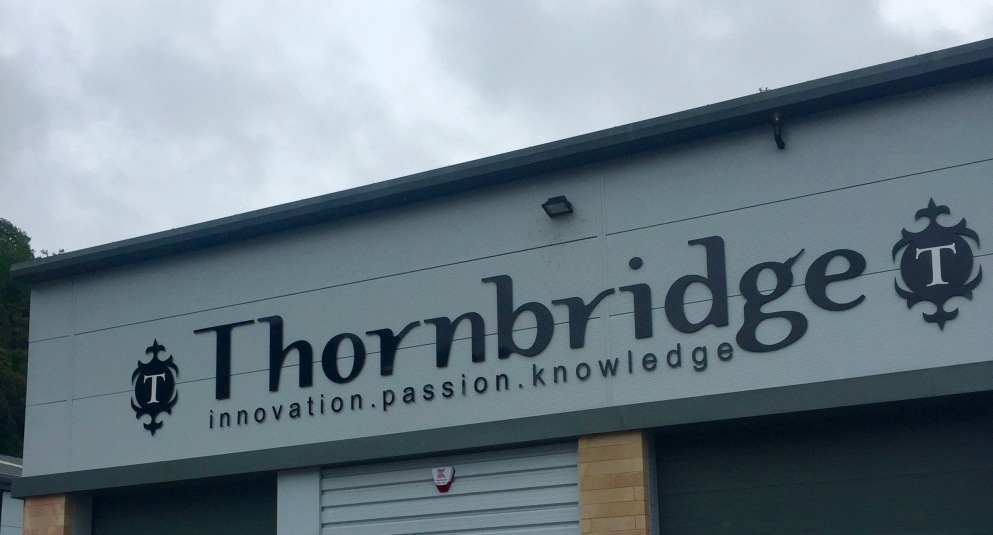
We ended the tour of both breweries in their new sour facility. This is climate controlled and kept at a constant temperature and humidity with beer in a wide range of casks. These beers are soured post-fermentation in barrels that have been previously used for wines, whisky (and whiskey) and some fortified wines.
Each of these barrels brings a different character and evolutionary effect to the beer during ageing, a process that can be hard to predict.
They have proved adapt at making sours winning both Gold AND Silver in the Wood & Barrel Aged Sour Beer category at this year’s World Beer Cup for Love Among The Ruins (gold) and Days of Creation (Silver). A stunning achievement.
I also recommend you try Serpent, their collaboration with Brooklyn Brewery if you get the chance. It’s a Belgian style Golden Ale that spent year on the lees in an old cider barrel.
P.S.
If you’re interested in which of their beers have on the 250+ awards they provide a full list on their website.
http://www.thornbridgebrewery.co.uk/awards





